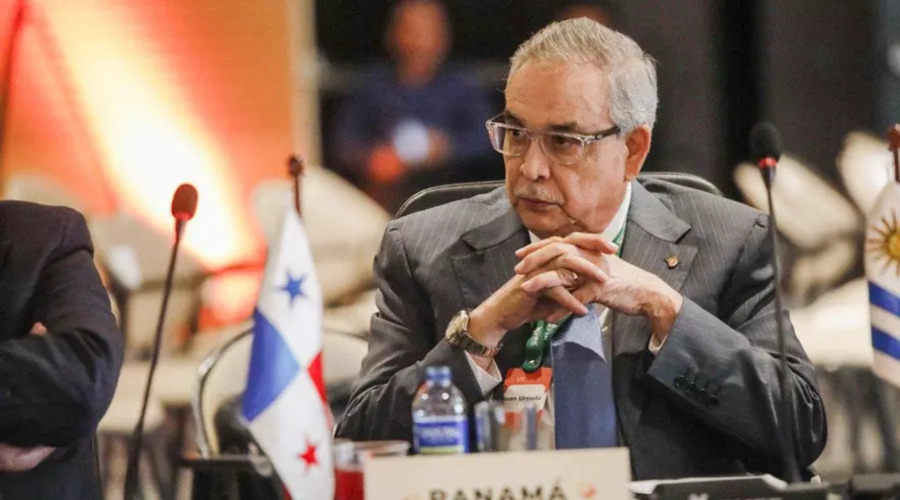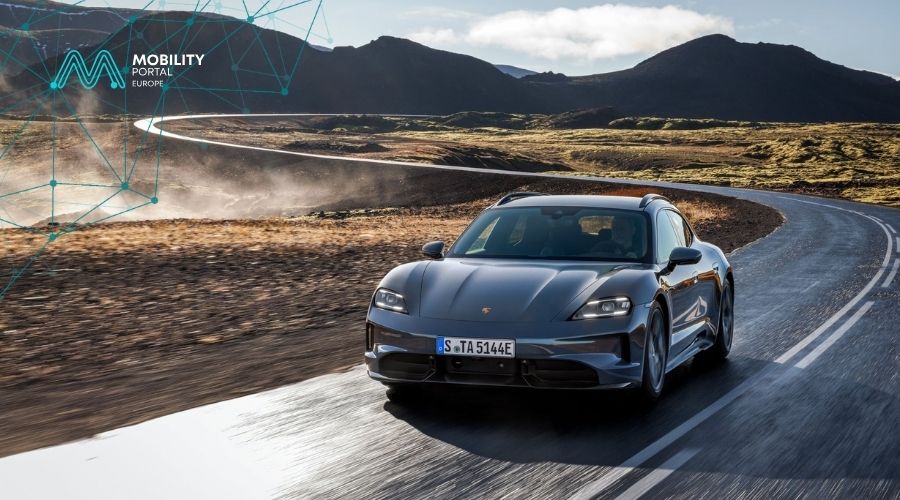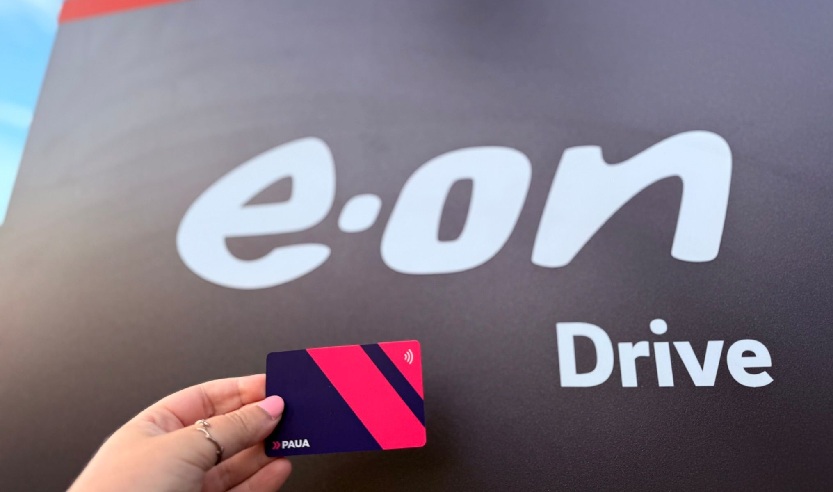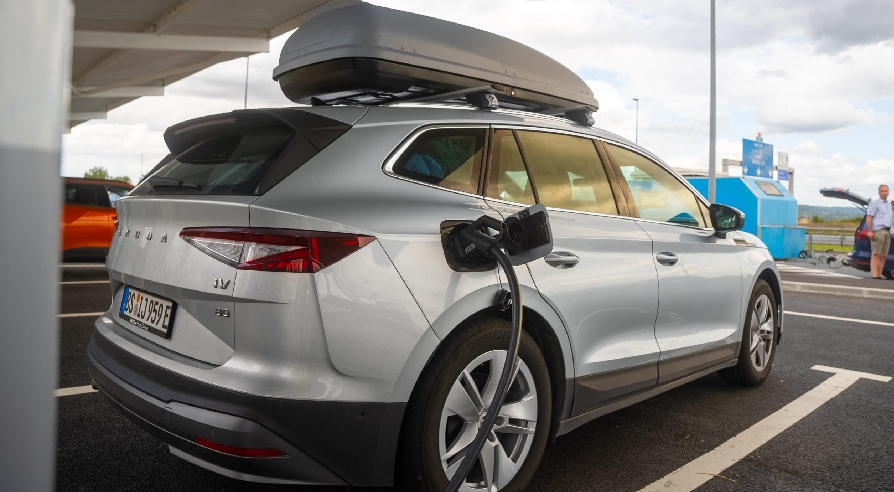On Wednesday, 30 July, Juan Manuel Urriola resigned from his position as Panama’s Secretary of Energy, after only 13 months in office.
His departure came just one day after the Cabinet Council approved the draft General State Budget for 2026, totalling USD 34.9 billion—with no explicit allocations for electric mobility.
Urriola’s exit, described by local media as “unexpected and without official explanation,” coincides with clear signals from the government regarding its energy priorities.
The National Bioethanol Plan, driven by President José Raúl Mulino himself, stands out as one of the few transport sector initiatives with political, technical, and financial support.
“It’s a national issue, and everything is proceeding as planned. This government will move forward with ethanol,” says Javier Bonilla, a transport energy expert consulted by Mobility Portal Latinoamérica.
According to Bonilla, electric mobility faces a much different scenario.
“First, existing plans need to be reviewed and updated to today’s realities, and only then can the government assign a budget. But from what I’ve seen, there’s nothing planned for e-mobility in 2026—only for ethanol.”
Support for ethanol, silence on E-Mobility
The 2026 budget, now submitted to the National Assembly, includes provisions for a programme aiming to blend 10% bioethanol into petrol starting in the last quarter of next year.
It also envisions domestic sugarcane production, tax incentives for the agro-industrial sector, and the energy transition of the vehicle fleet towards alternative liquid fuels.
In contrast, there are no specific allocations for electric mobility. Incentives for EV purchases, public charging infrastructure, or support for zero-emission state fleets are notably absent from the draft.
Nor are there any concrete references to e-mobility in the budget statement from the Ministry of Energy—at least according to publicly available documents.
This budgetary omission does not necessarily indicate the abandonment of e-mobility—but it does signal a lack of political will to scale it up via the public sector in 2026.
What does this mean for the E-Mobility sector?
Panama has made some notable strides in electric mobility, mostly thanks to multilateral funding and private sector efforts. State-owned MiBus has introduced electric buses with support from the IDB, and the Panama Canal Authority operates a zero-emission vehicle fleet.
However, public charging infrastructure remains limited and highly concentrated in urban areas.
Without state backing in the 2026 budget, the growth of the EV ecosystem will rely on business alliances, international cooperation, and local government regulation.
Urriola’s resignation adds to the uncertainty. His tenure supported initiatives such as the electricity interconnection with Colombia and the National Bioethanol Plan.
But the lack of continuity in energy leadership, combined with a budget that omits any reference to electric mobility, sends mixed signals to a market in need of clear rules and long-term investment horizons.
The contrast between ethanol and e-mobility is stark. While the former moves forward with explicit support from President Mulino, the Ministry of Economy, and the national budget, the latter struggles to establish itself as a strategic public policy.
The economic plan for next year confirms a continued focus on a biofuel-driven energy model, sidelining the electrification of transport.
The challenge in the coming months will be to prevent this gap from widening—and to ensure Panama does not fall behind in the regional push for decarbonisation and sustainable mobility.
Current state of electric mobility in Panama
Despite the lack of government funding in the 2026 budget, electric mobility has made progress in recent years:
- Between 2015 and mid-2024, over 1,500 EVs were sold, according to ADAP.
- In 2024, 773 units were sold—up 75% year-on-year.
- From January to June 2025, 440 new EVs were registered, bringing the national fleet to 1,828 units.
- There are currently 114 public charging stations active across the country, with more than 158 charging points available.
- Law 295 on Electric Mobility (passed in 2022, regulated in 2023) requires the State to gradually electrify its fleet:
- 10% by 2025
- 25% by 2027
- 40% by 2030
Similar targets apply to public transport and taxi fleets.
READ MORE
-
“Easy to hit 250 km/h”: Behind the wheel of the fast EV that made European routes feel “furious”
Aboard a Porsche Taycan and under heavy rain, a Polish engineer and a CharIN ambassador covered 1,200 kilometres between Warsaw and Berlin. The journey — defined by speed and innovation — revealed key insights into the technology driving high-end electric vehicles. What’s behind this level of performance?
-
Over 65,000: Paua adds 177 high-power Eon Drive connectors in the UK
This latest expansion propels Paua’s footprint beyond 65,000 connectors, strengthening Paua’s position as one of the largest and most comprehensive EV charging networks in the country. These new EDRI locations are now live.
-
July defies expectations: France registers 31,107 electrified vehicles
With 31,107 electrified vehicles, the market has returned to normal, recording a +9.40% growth. The return of social leasing in September could give the private market a boost and prevent 2025 from ending in the red.









